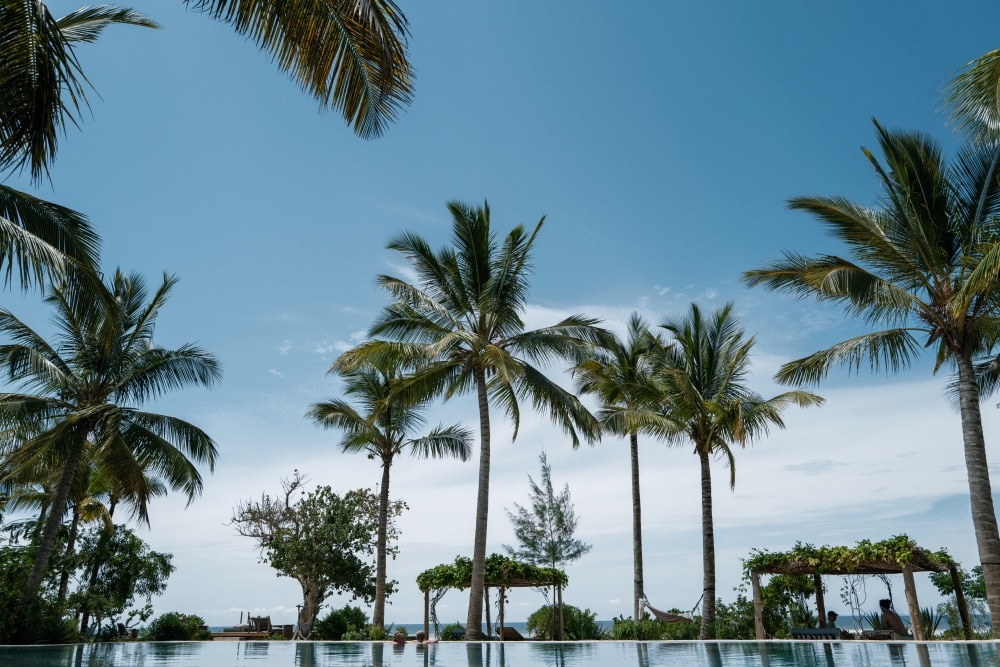Foto van Sharrie Shaw
Vind je ideale hotel in Surakarta
- Verander van gedachtenBoek hotels met gratis annulering
- Wees kieskeurigZoek in bijna een miljoen accommodaties wereldwijd
Probeer eens iets anders dan je gebruikelijke verblijf in Surakarta
Bekijk de prijzen voor deze datums
Populaire hotels in Surakarta

Alila Solo, Java
Surakarta
9.2 van 10, Fantastisch, (132)
De prijs is € 60
inclusief belastingen en toeslagen
21 nov - 22 nov

Swiss-Belhotel Solo
Banjarsari
9.2 van 10, Fantastisch, (38)
De prijs is € 44
inclusief belastingen en toeslagen
23 nov - 24 nov

Lampion Hotel Solo
Surakarta
7.4 van 10, Goed, (6)

Amarelo Hotel
Surakarta
De prijs is € 18
inclusief belastingen en toeslagen
19 nov - 20 nov
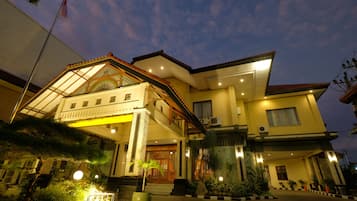
Diamond Hotel Solo
Surakarta
9.0 van 10, Fantastisch, (2)
De prijs is € 16
inclusief belastingen en toeslagen
26 nov - 27 nov
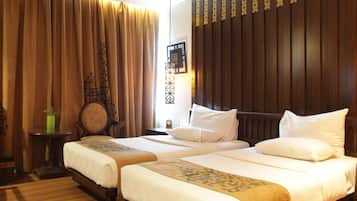
The Royal Surakarta Heritage - Handwritten Collection
Centrum van Solo
8.4 van 10, Zeer goed, (165)
De prijs is € 31
inclusief belastingen en toeslagen
1 dec - 2 dec
Laagste prijs per nacht gevonden in de afgelopen 24 uur op basis van een verblijf van 1 nacht voor 2 volwassenen. Prijzen en beschikbaarheid kunnen wijzigen. Mogelijk gelden er extra voorwaarden.
Deals voor:28 nov. - 30 nov.
Fotogalerie voor Rumah Batu Boutique Hotel

Rumah Batu Boutique Hotel
Baki
9.0/10Fantastisch (9 beoordelingen)
10% korting
De prijs is € 57
voor 2 nachten, 1 kamer
€ 29 per nacht
inclusief belastingen en toeslagen
Bespaar gemiddeld 15% op duizenden hotels wanneer je bent aangemeld
Waar overnachten in Surakarta
Vind de beste buurten in Surakarta voor je favoriete activiteiten. Meer informatie over Surakarta
Meer informatie over Surakarta
Centrum van Solo
Geniet van de musea en de dierentuin in Centrum van Solo. Maak ook wat tijd vrij voor een bezoek aan Solo Paragon Lifestyle Mall of Keprabon Park.
Banjarsari
Maak tijdens je bezoek aan Banjarsari ook tijd voor bezienswaardigheden zoals Solo Paragon Lifestyle Mall en Balekambang-park.
Verblijf in de buurt van populaire bezienswaardigheden in Surakarta
De beste hotelbeoordelingen voor Surakarta

Mahalaya The Legacy Solo
4/10 Matig
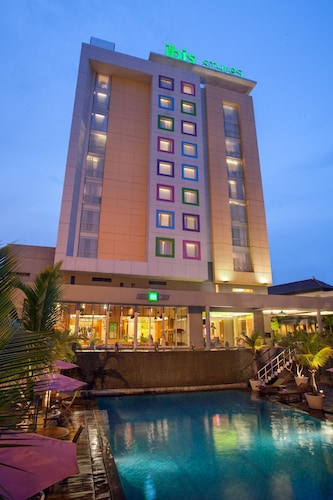
ibis Styles Solo
8/10 Goed
Goedkope verblijven in Surakarta

Dparagon Kerten
Jl. Siwalan, Surakarta, Jawa Tengah
Veelgestelde vragen
Ontdek de wereld met Expedia
Buurten van Surakarta
Hotels in de buurt van bezienswaardigheden
Hotels in de buurt van Surakarta, Centraal Java
Expedia's nieuwste trends
Vluchten
Activiteiten
Pakketten
![At the museum no photos are allowed which is really unfortunate as it was well worth the visit and the guided tour is definitely not to be missed. In the museum there are even Batik made from the Dutch era which depicts stories like Little Red Riding Hood and Snow White!
I enjoyed the tour v much and at the end of the tour we were brought to this room where the artisan were working on hand drawn batik.
Below is an excerpt from Wikipedia for anyone interested in learning more about the process of batik making.
Firstly, a cloth is washed, soaked and beaten with a large mallet. Patterns are drawn with pencil and later redrawn using hot wax, usually made from a mixture of paraffin or bees wax, sometimes mixed with plant resins, which functions as a dye-resist. The wax can be applied with a variety of tools. A pen-like instrument called a canting (IPA: [tʃantiŋ], sometimes spelled with old Dutch orthography tjanting) is the most common. A canting is made from a small copper reservoir with a spout on a wooden handle. The reservoir holds the resist which flows through the spout, creating dots and lines as it moves. For larger patterns, a stiff brush may be used. Alternatively, a copper block stamp called a cap (IPA: [tʃap]; old spelling tjap) is used to cover large areas more efficiently.
After the cloth is dry, the resist is removed by scraping or boiling the cloth. The areas treated with resist keep their original color; when the resist is removed the contrast between the dyed and undyed areas forms the pattern. This process is repeated as many times as the number of colors desired.
The most traditional type of batik, called batik tulis (written batik), is drawn using only the canting. The cloth need to be drawn on both sides and dipped in a dye bath three to four times. The whole process may take up to a year; it yields considerably finer patterns than stamped batik.
Source: Wikipedia](https://images.trvl-media.com/place/6224808/26fd1460-c65a-4c1a-9444-7a893e883ac9.jpg?impolicy=fcrop&w=1200&h=500&q=medium)
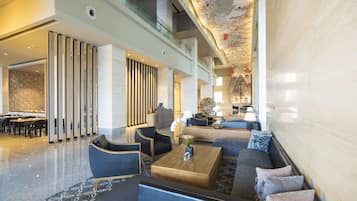
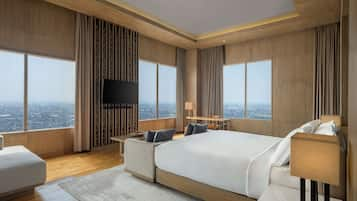


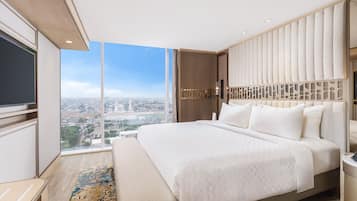

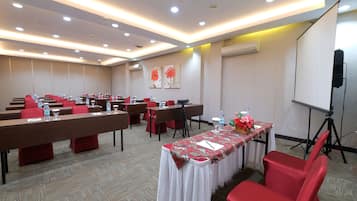




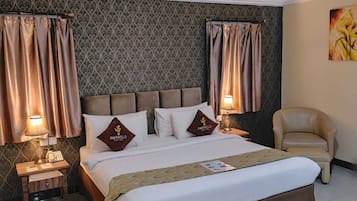
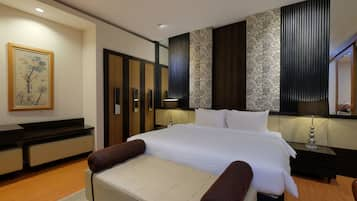



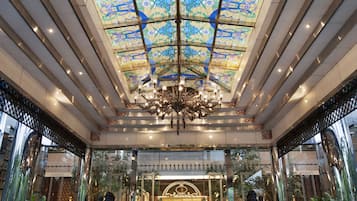


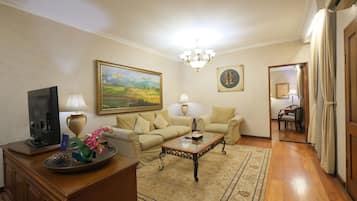

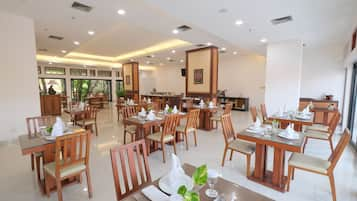
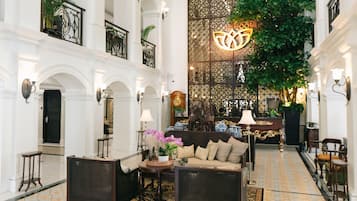

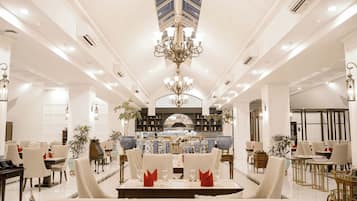

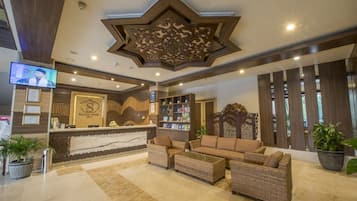
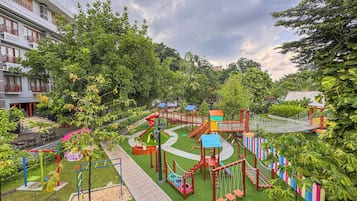


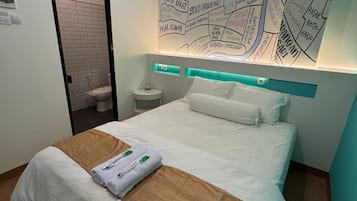
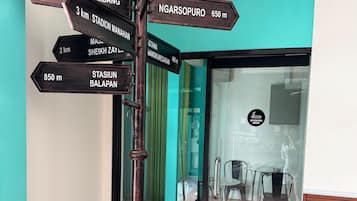
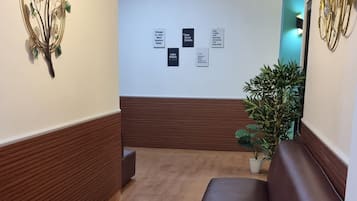
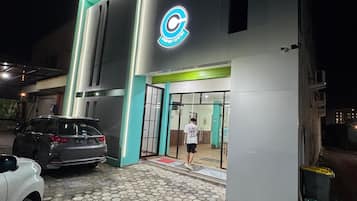



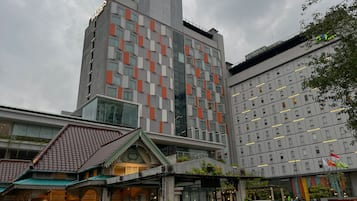
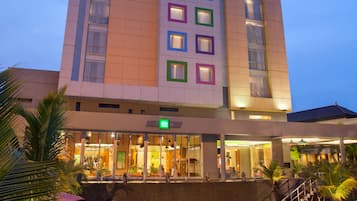

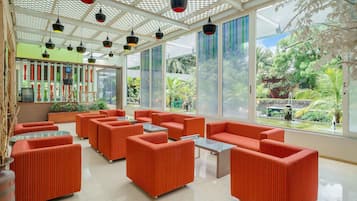

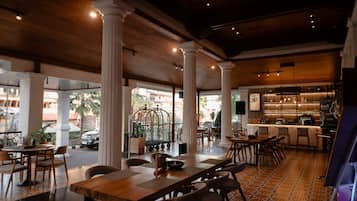


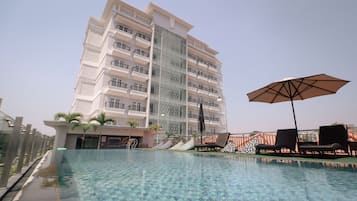
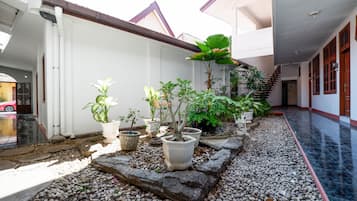
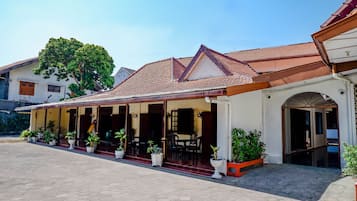





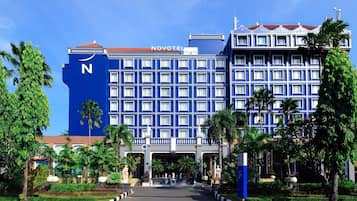

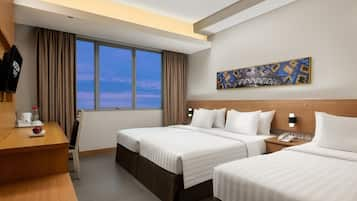


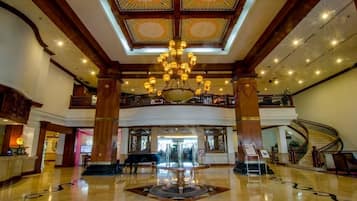
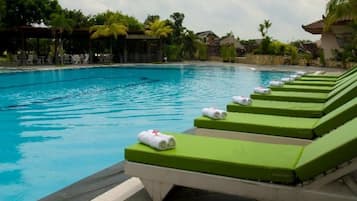


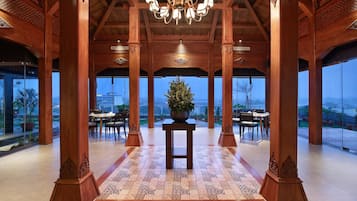

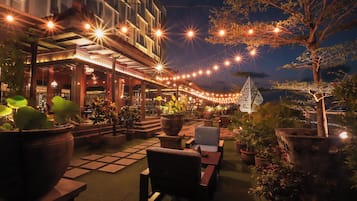

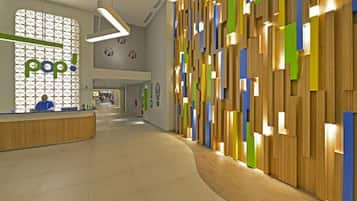
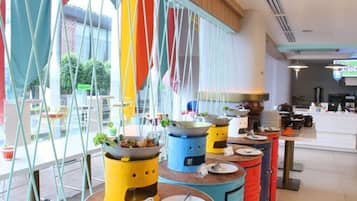


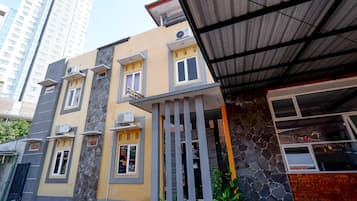
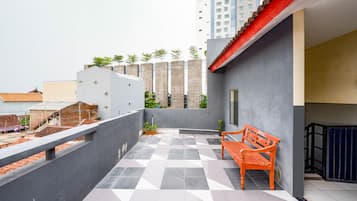
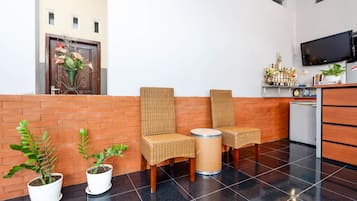



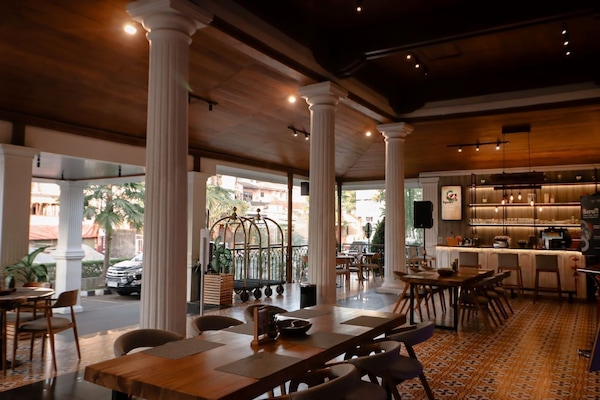
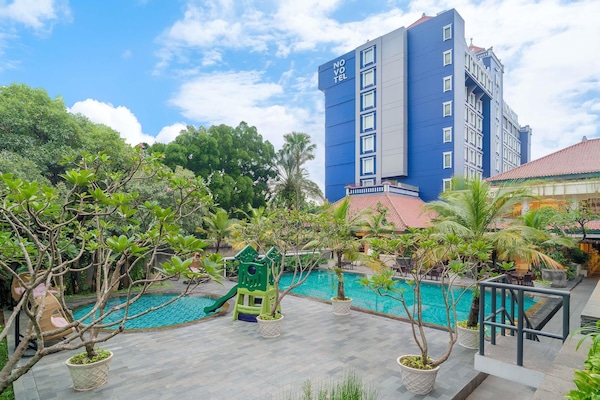





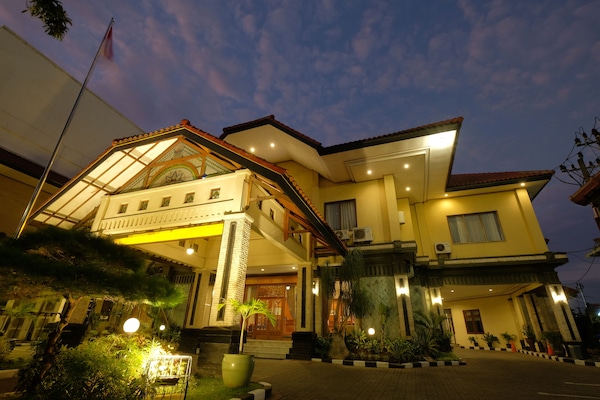




![At the museum no photos are allowed which is really unfortunate as it was well worth the visit and the guided tour is definitely not to be missed. In the museum there are even Batik made from the Dutch era which depicts stories like Little Red Riding Hood and Snow White!
I enjoyed the tour v much and at the end of the tour we were brought to this room where the artisan were working on hand drawn batik.
Below is an excerpt from Wikipedia for anyone interested in learning more about the process of batik making.
Firstly, a cloth is washed, soaked and beaten with a large mallet. Patterns are drawn with pencil and later redrawn using hot wax, usually made from a mixture of paraffin or bees wax, sometimes mixed with plant resins, which functions as a dye-resist. The wax can be applied with a variety of tools. A pen-like instrument called a canting (IPA: [tʃantiŋ], sometimes spelled with old Dutch orthography tjanting) is the most common. A canting is made from a small copper reservoir with a spout on a wooden handle. The reservoir holds the resist which flows through the spout, creating dots and lines as it moves. For larger patterns, a stiff brush may be used. Alternatively, a copper block stamp called a cap (IPA: [tʃap]; old spelling tjap) is used to cover large areas more efficiently.
After the cloth is dry, the resist is removed by scraping or boiling the cloth. The areas treated with resist keep their original color; when the resist is removed the contrast between the dyed and undyed areas forms the pattern. This process is repeated as many times as the number of colors desired.
The most traditional type of batik, called batik tulis (written batik), is drawn using only the canting. The cloth need to be drawn on both sides and dipped in a dye bath three to four times. The whole process may take up to a year; it yields considerably finer patterns than stamped batik.
Source: Wikipedia](https://images.trvl-media.com/place/6224808/26fd1460-c65a-4c1a-9444-7a893e883ac9.jpg?impolicy=fcrop&w=300&h=400&p=1&q=high)





